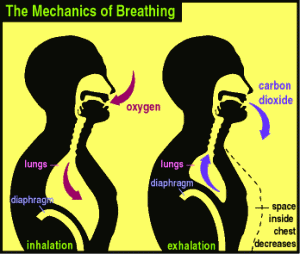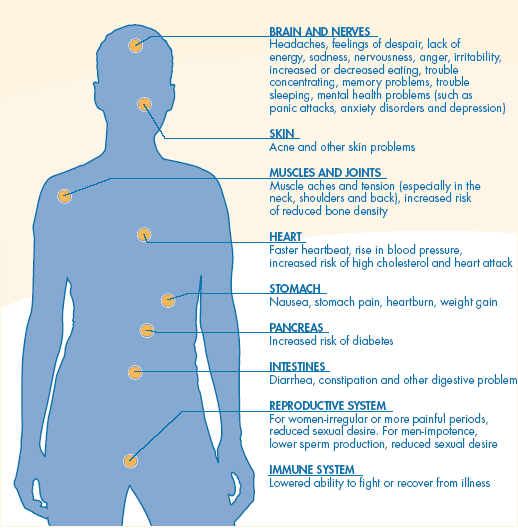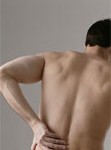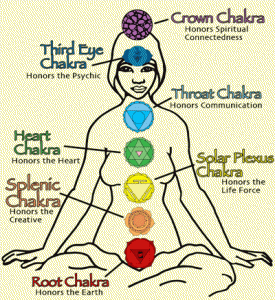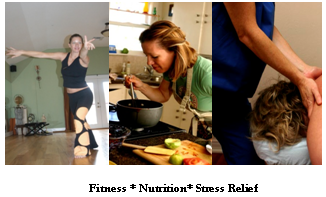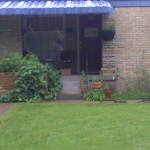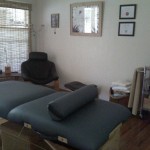“Legs Up the Wall”

Ready Position (without a bolster)
During this stressful time of unforeseen change our bodies may begin to reflect our thoughts and emotions by becoming sore, tired and/or achy.
Legs Up the Wallis a relaxing and rejuvenating yoga pose technically known as “Viparita Karani” (VIP-uh-REE-tuh kah-RAH-nee), which literally translates to “inverted action.” Inversion poses are fantastic for the mind and body because they bring relief to the legs, feet, spine, and entire nervous system. Ancient yoga texts claim Viparita Karaniwill destroy old age…Sign me up, right?
Though, I cannot guarantee that. I do know Legs up the Wallis beneficial for these issues and many more:
- Headaches/Migraines
- Anxiety
- Insomnia
- Mild depression
- Muscle fatigue
- Arthritis
- Digestive problems
- High and low blood pressure
- Varicose veins
- Menopause
- Respiratory ailments
When you take time out of your day to reverse the forward motions of doing, acting, and accomplishing, you allow your brain and body to settle into a state of balance or Homeostasis; creating a calm nervous system and promoting movement thru the digestion, circulation, and elimination systems.
Because of its many benefits, this is a fantastic restorative pose for all levels of ability and experience.
I do need to mention that you should consult your physician or simply not practice Legs up the Wallif you have glaucoma, or a serious back or neck injury. Please remember Legs up the Wallis a “feel-good” pose — that means it should feel good, even for beginners! If you have any discomfort, be sure to make any adjustments you need to make. Be sure to breathe consciously throughout the pose in thru the nose and out thru the mouth. Continually bringing your awareness back to your breath will help clear the mind.
There are two ways to practice Legs up the Wall: Using props as a supported pose, or without props. Both options will provide the same benefits, but the supported version may be more relaxing for some people. Both versions require a wall or sturdy door upon which you can rest your legs.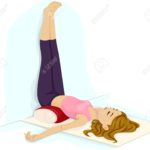
Ready Position
(with a bolster)
- If you are practicing the supported version, set a bolster, rolled up bath towel or firm, long pillow on the floor.
- Begin the pose by sitting with your left side against the wall. Keep the bolster close bye and horizontal to the wall, if you’re using one.
- Gently turn your body to the left then, one at a time, fan your legs up and over onto the wall. If you are using a bolster, shift your lower back onto the bolster before bringing your legs up the wall. Use your hands for balance as you shift your weight.
- Lower your back to the floor/bolster and lie down. Rest your shoulders and head on the floor. You may need a little pillow if you’re lying on a bolster.
- Shift your weight from side-to-side and scoot your buttocks as close to the wall as possible. Let your arms rest open at your sides, palms facing up.
- Once you are here, relax with legs at the twelve o’clock position, relax the thighs and feet and let your body sink into the earth while the wall supports your legs.
- Keep your arms wherever they feel most comfortable with the palms rotated up and the fingers relaxed.
- Close your eyes and do your best not to allow your mind to wander. Stay here for 5-10 minutes, consciously breathing in thru your nose and out thru your mouth.
- To release, slowly walk your legs down the wall. (If you are not using a bolster, bring your thighs to your belly, wrap your arms around your chins and rock side to side a few times to release the lower back even more). Roll onto your right side. Use your hands to help press yourself back up into a seated position.
- Take a moment to sit here with your back against with wall. Let yourself get fully acclimated before standing up.
“Doing the best you can to find Grace and Gratitude toward all that has yet to be revealed”
Namaste


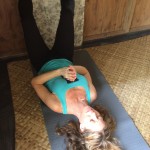 By working our way slowly up the body from the feet or “Root” to the head or “Crown” we work together to release, modify and/or change your personal story; be it one of pain, struggle, dysfunction, or disorder. Not only did I complete both a 200 and 500 hour Yoga Therapy training. I was able to witness the power of yoga therapy first hand with
By working our way slowly up the body from the feet or “Root” to the head or “Crown” we work together to release, modify and/or change your personal story; be it one of pain, struggle, dysfunction, or disorder. Not only did I complete both a 200 and 500 hour Yoga Therapy training. I was able to witness the power of yoga therapy first hand with 

